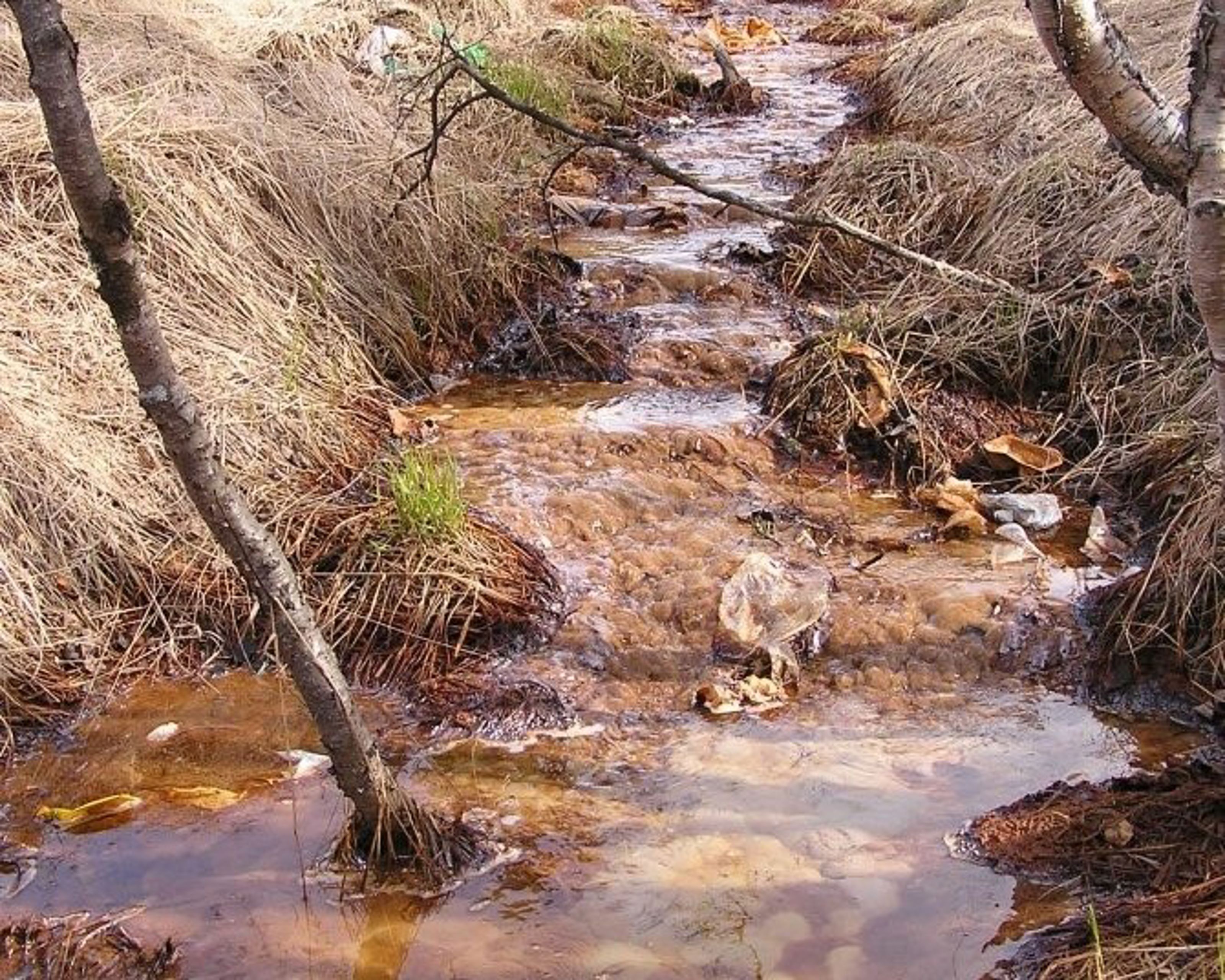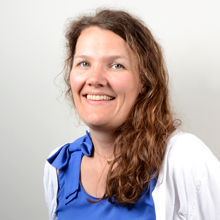New Online Guide for Leachate Management
Even though we sort our trash and recycle materials, too much waste remains in landfills. Many landfills are from before we started sorting and recycling our waste. Both old and new landfills produce contaminated leachate.

The first leachate guide for managing leachate was developed in 2005. At that time, the Water Regulation was not in force in Norway, and landfill waste containing degradable organic material was still allowed. Twenty years is a long lifespan for a guide, and it is well established among those working with landfills. ( NMBU)
To address this, Miljødirektoratet (the Norwegian Environment Agency) asked NGI – The Norwegian Geotechnical Institute, NIBIO, and NIVA to create a new landfill leachate guide. The guide advises monitoring leachate and recipients and suggests measures to prevent pollution.
Easier to Use
Project manager Tanya Hevrøy at the Norwegian Environment Agency is very pleased with the new guide for managing leachate from landfills in Norway.
"Since the guide is now online, it is easier to navigate and much simpler to update with new knowledge about pollution and good environmental measures," she says.
To reduce the risk of pollution, landfills will face a number of stricter requirements in the coming years to achieve the goal of reduced emissions.
"The Norwegian Environment Agency hopes this guide will contribute to even better leachate management than today."
Great Variation
Sissel Ranneklev and Marianne Stave Sekkenes from NIVA have ensured that the premises of the Water Regulation for monitoring lakes, rivers, and coastal waters receiving leachate are included in the new leachate guide.
"The substances and concentrations we find in the leachate vary greatly. It is important to assess the extent and need for monitoring in relation to the load the leachate can have on the water environment," says Ranneklev.
Waste Management
Consumption creates waste; in Norway, 11.1 million tons of waste were produced in 2023. The top three waste sources were:
· Construction and demolition activities 24%
· Unspecified industries 22%
· Private households 20%
Collected waste goes to:
1. Material recycling – e.g., glass, paper, plastic, and textiles
2. Biological waste treatment – e.g., food and plant waste
3. Waste incineration with energy recovery – e.g., residual waste, dirty plastic, and paper
4. Landfilling – e.g., lightly contaminated masses, concrete, and bricks
Today, about 45% of all collected waste is sent to landfills.
From Trash to Resource
In the 1950s, municipalities began using areas for landfilling all kinds of waste. Often, ravines, disused sand pits, depressions in rocks, and marsh areas were filled with trash. Before the car scrapping deposit was introduced in 1978, it was not uncommon for car wrecks to end up in landfills, or for municipalities to organize the dumping of wrecks on frozen lakes or in deep fjords or disused mines. Fortunately, this is no longer the case. Today, waste is seen as a resource, and strict rules exist for what kind of waste can be landfilled.
The Challenging Leachate
In the 1970s, it was understood that leachate, i.e., rainwater, surface water, or groundwater in contact with waste, can be highly contaminated. Leachate flows into surface water, infiltrates groundwater, or is collected and directed to municipal treatment plants. The concentrations of pollutants in leachate can be high, and various contaminants can be detected, depending on the type of waste landfilled. Leachate often contains health and environmentally hazardous substances such as environmental toxins, heavy metals, nutrients, and other substances that negatively affect water quality.
Guidance
The first leachate guide for managing leachate was developed in 2005. At that time, the Water Regulation was not in force in Norway, and landfill waste containing degradable organic material was still allowed. Twenty years is a long lifespan for a guide, and it is well established among those working with landfills.
There are just under 200 reporting industrial and waste landfills in Norway today. This includes landfills in operation and those in the post-closure phase (closed landfills where monitoring is still carried out). Leachate is monitored at these 200 landfills. Several have installed treatment plants, and geotechnical measures are taken at startup, during operation, and closure to minimize water environment damage. In addition, there are nearly 1,000 registered closed landfills with varying degrees of monitoring and environmental measures.
What's New in the New Leachate Guide
Trond Mæhlum at NIBIO, who also helped design the 2005 guide, emphasizes that the new guide has a more tailored adaptation of monitoring based on landfill type, age, and discharge location. "There is also more knowledge about leachate treatment today, and recommendations are given for various measures to protect surface water, groundwater, and municipal pipelines. Untreated leachate can harm municipal pipelines, treatment plants, sludge quality, and recipients where the effluent is discharged," says Mæhlum.
Sissel Ranneklev and Marianne Stave Sekkenes from NIVA have ensured that the premises of the Water Regulation for monitoring lakes, rivers, and coastal waters receiving leachate are included in the new leachate guide. "Several guides have been developed in the Water Regulation with information about pollutants in leachate that can affect the water environment. We know that there is great variation in substances and concentrations in leachate and emphasize that the extent and need for monitoring should be assessed concerning the load the leachate can have on the water environment," says Ranneklev.
Project manager Erlend Sørmo from NGI highlights that an update has been made on which parameters should be included in monitoring, including PFAS compounds. Emphasis has also been placed on providing a simple description of the process for assessing leachate from landfills, where each assessment is easily presented. One can then navigate through the guide to get more details about the aspects relevant to the individual reader.
NGI, NIVA, and NIBIO participate as research partners in SFI earthresQue (2019-2027) led by NMBU. This work also includes applied research to find better methods for environmental monitoring of landfills and document suitable treatment methods. Experiences from this work are, of course, contained in the new guide.

Gøril Aasen Slinde
Head of Section Environmental Technology goril.aasen.slinde@ngi.no+47 416 98 983